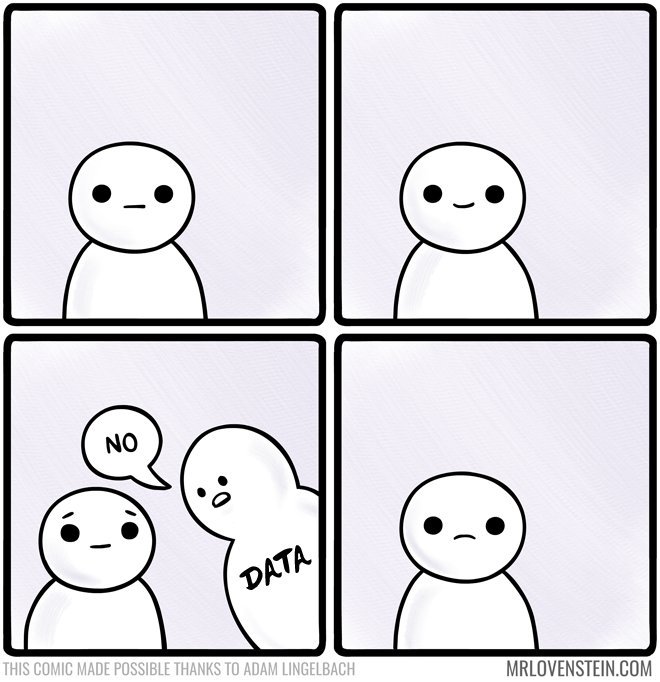Fast fashion has become a big thing in the past few years. Being able to get clothing for a cheap price in a short amount of time. It allows people to stay up to date on trends. Most of this is done through the internet on sites like SHEIN, Fashion Nova, and Romwe. Fast fashion is cheaply produced and low-priced garments that copy the latest trends, so it is very appealing to a large audience.
Fashion makes up for 10% of global carbon emissions, this dries up water sources and pollutes rivers and streams. Fiber production contributes to resource depletion due to energy intensive processes that use large amounts of fossil fuels. The True Cost, a documentary released in 2015, shed light on an increase in clothing consumption. The world consumes 80 billion new pieces of clothing a year, that is 400% more than 20 years ago.
Many countries that produce fast fashion garments rarely follow environmental regulations. 80% of apparel is made by young women between 18 and 24. 1 in 6 people work in some part of global fashion, that makes it a dependent industry. Many of the designs that are sold end up being stolen from smaller companies and indie brands.
170 million are engaged in child labor, although this has declined by 30% between 2000 and 2012. Most of these workers work within the fashion chain making textiles and garments. Many of these workers are brought into this industry with false promises of earning a decent wage. Employers can get away with this as the fashion industry is large and hard for companies to control each stage of production. The cheap prices can be good for people who don’t have as much money to spend on clothes as others. When thinking about buying from fast fashion brands it is good to have these things in mind.



































